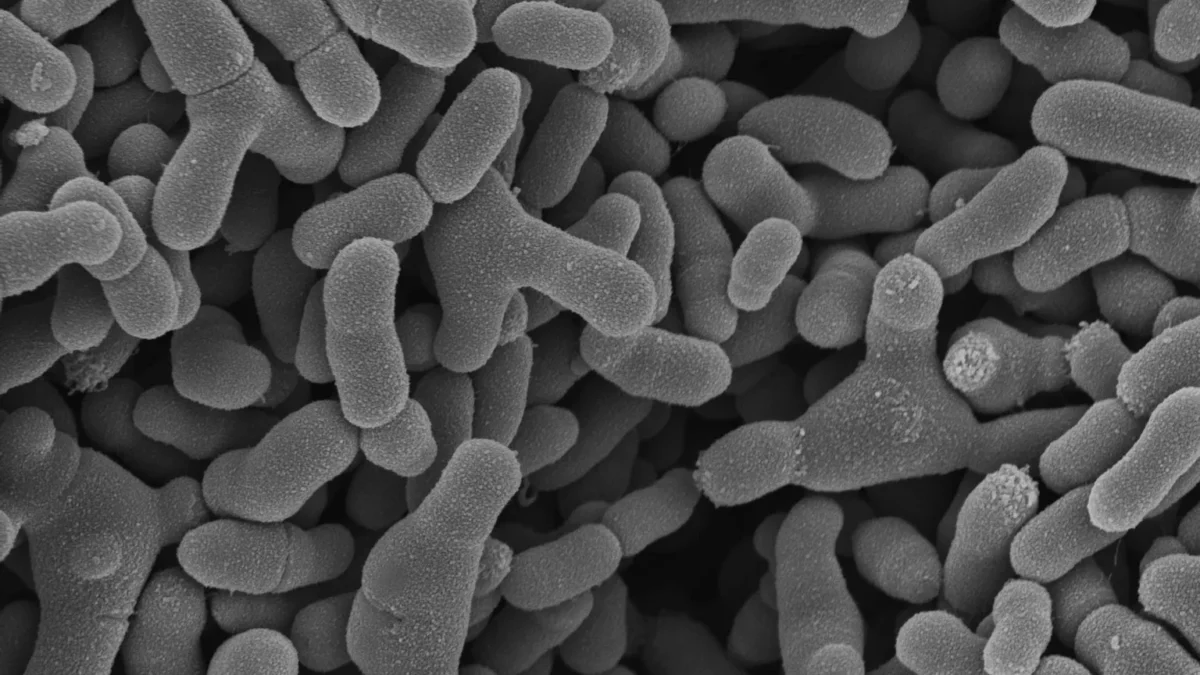 #News
#News
Long COVID: A plan for diagnosis and treatment
Expert committee proposes definition to improve diagnosis and treatment of the condition, which affects millions worldwide
 Lasting impact of the pandemic: long COVID affects some 60 million people worldwide and manifests in various ways, encompassing hundreds of possible signs, symptoms, and diagnosable conditions | Image: Fábio H. Mendes/E6 Imagens
Lasting impact of the pandemic: long COVID affects some 60 million people worldwide and manifests in various ways, encompassing hundreds of possible signs, symptoms, and diagnosable conditions | Image: Fábio H. Mendes/E6 Imagens
A committee of researchers appointed by the US National Academies of Sciences, Engineering, and Medicine published a full definition of long COVID, which affects 7% of adults and 1% of children in the US alone.
The study, commissioned by the US Department of Health and Human Services, was published in the New England Journal of Medicine in 2024.
The objective was to come up with an improved definition that considers the needs of the patient as well as the views and opinions of a range of experts.
In addition to reviewing the existing literature, the researchers used focus groups, a questionnaire, a public comment portal, and held several public meetings, including a two-day symposium.
More than 1,300 people participated in the activities, including patients, caregivers, health professionals, researchers, and public policy experts.
Although it is still seen as an acute infection—having killed approximately seven million people worldwide, 10% of them in Brazil alone—the SARS-CoV-2 virus also left millions of people with a variety of chronic, systemic, and often disabling symptoms.
The condition, which was deliberately not called a syndrome in the definition due to a lack of evidence, affects some 60 million people worldwide.
“As committee members and lead staff who produced the definition, we can attest that the process inspired discovery and deepening appreciation for the reality and severity of this condition,” the authors wrote.
One of the authors, E. Wesley Ely of Vanderbilt University Medical Center, admits that he was skeptical at first. Having worked with severely debilitated patients in intensive care units and researched their lives for 25 years, he believed the myriad signs and symptoms reported by long COVID patients could be a consequence of what is known as post-intensive care syndrome (PICS), which includes cognitive problems, neuromuscular disease, depression, and severe fatigue.
But this hypothesis proved unfeasible when symptoms began being reported by tens of thousands of patients from the first wave of the pandemic, most of whom were never hospitalized during the acute phase of the SARS-CoV-2 infection and experienced only mild symptoms.
“Patient advocacy groups marshalled social media and quickly established themselves as citizen scientists, coining the term long COVID,” the scientists stated.
Multiple manifestations
According to the article, long COVID is an “infection-associated chronic condition that occurs after SARS-CoV-2 infection and is present for at least three months as a continuous, relapsing and remitting, or progressive disease state that affects one or more organ systems.”
It manifests in multiple ways, with hundreds of possible signs, symptoms, and diagnosable conditions.
Any organ can be affected and patients may experience anything from shortness of breath, coughing, and persistent fatigue to difficulty concentrating, recurrent headaches, migraines, tachycardia, sleep problems, loss of taste and smell, constipation, and diarrhea.
The condition may also include interstitial lung disease, cardiovascular disease, kidney disease, fibromyalgia, diabetes, and autoimmune disorders such as lupus, rheumatoid arthritis, and Sjögren’s syndrome.
The researchers also identified cases involving cognitive problems, mood disorders, and anxiety.
Long COVID can occur after both mild and severe SARS-CoV-2 infections, as well as in asymptomatic cases.
It can continue from the acute phase of the disease or appear weeks or months after what appeared to be a complete recovery from the acute infection.
It affects children and adults regardless of health, disability, socioeconomic status, gender, sexual orientation, race, ethnic group, or geographic location. It can exacerbate preexisting health conditions or introduce new conditions.
Long COVID can also range from mild to severe, resolve over a period of weeks, or persist for months or years.
The condition is identified by a clinical diagnosis—it has no conclusive biomarkers.
The article also noted that long COVID can impair the patient’s ability to work, attend school, and take care of relatives and themselves, resulting in profound physical and emotional impacts on both the patient and their family members and caregivers.
The researchers recommend reviewing the definition in three years (around 2027), based on scientific knowledge still to be produced. They also emphasize that the aim of the definition is to facilitate communication between patients and their family members and clinicians.
“A standard definition should enable better tracking of the burden of long COVID and facilitate the design and conduct of robust clinical trials that produce better treatments for this and other infection-associated chronic conditions,” the authors wrote.
“Above all, we hope that this definition contributes to compassionate and effective care for all patients in whom long COVID is diagnosed.”
*
This article may be republished online under the CC-BY-NC-ND Creative Commons license.
The text must not be edited and the author(s) and source (Science Arena) must be credited.
News
 #News
#News
 #News
#News
 #News
#News
